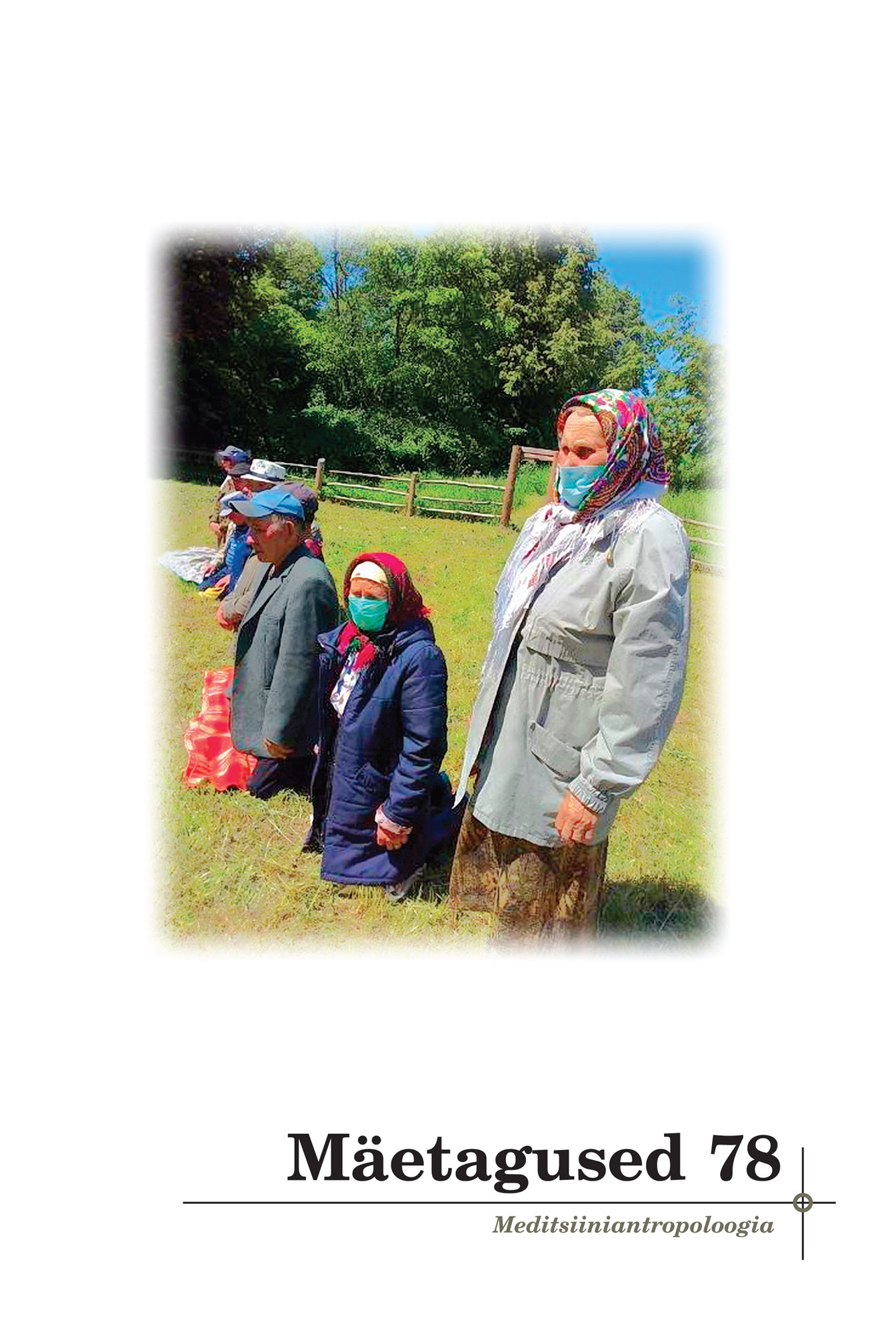Ravitsejad Siberi eesti kogukondades
Healers in Siberian Estonian communities
Author(s): Anu KorbSubject(s): Customs / Folklore, Cultural Anthropology / Ethnology, Culture and social structure , Health and medicine and law
Published by: Eesti Kirjandusmuuseum
Keywords: community; folk medicine; healers; Siberian Estonians;
Summary/Abstract: The article is based on manuscripts as well as sound and video recordings on folk medicine collected during fieldwork conducted by the researchers of the Estonian Folklore Archives in 1991–2013 from Estonians born and raised in different Siberian Estonian communities. The ancestors of the visited Estonians had either left their homeland in search of land in the last decades of the 19th and the beginning of the 20th centuries or were descendants of those deported and exiled by the Russian tsarist authorities in the first half of the 19th century. Fieldwork at Siberian Estonians in the last decade of the 20th century enriched the Estonian Folklore Archives with invaluable lore material, including the material related to folk medicine. Although the advance of the state medicine system with small hospitals and first aid posts had reached Siberian villages half a century before, and the activity of healers had been banned for decades, the collectors were surprised by the number of healers in villages and the extent of the practical use of folk medicine. The folk medicine tradition was upheld mostly by older women (as was the case also with other fields of lore), which resulted, on the one hand, from the demographic situation, and, on the other hand, from women’s leading position in the preservation of communal traditions. In the older Siberian Estonian communities, which had been established by the deportees (e.g. Ülem(Upper)-Suetuk, Ryzhkovo), it was believed that healing words and skills were available and could be learned by anyone; they were often compared to God’s word. Some people thought that knowledge and skills could only be shared with those younger than yourself. In the villages established by exiles people were considerably more cautious about passing on healing words and the like. In most villages with southern Estonian background, healing charms were kept in secret, as it was believed that when sharing their knowledge, the healers would lose their abilities. It was only at their death’s door that the healers selected their successor. Not all the people who were offered to learn the healing skills were ready to accept the responsibility. The first or last child in the family was thought to have more prerequisites for becoming a good healer. In the first decade of the 21st century, the situation with passing on the healing words and skills had changed considerably in older Siberian villages. Many of the healers had passed away, and there were not enough young people who were interested in continuing the tradition. So the healing skills inevitably concentrated into the hands of a few wise women. Currently, the folk healing tradition in Siberian Estonian communities is fading away, above all, due to the fast aging and diminishing of the communities.
Journal: Mäetagused. Hüperajakiri
- Issue Year: 2020
- Issue No: 78
- Page Range: 89-110
- Page Count: 22
- Language: Estonian

